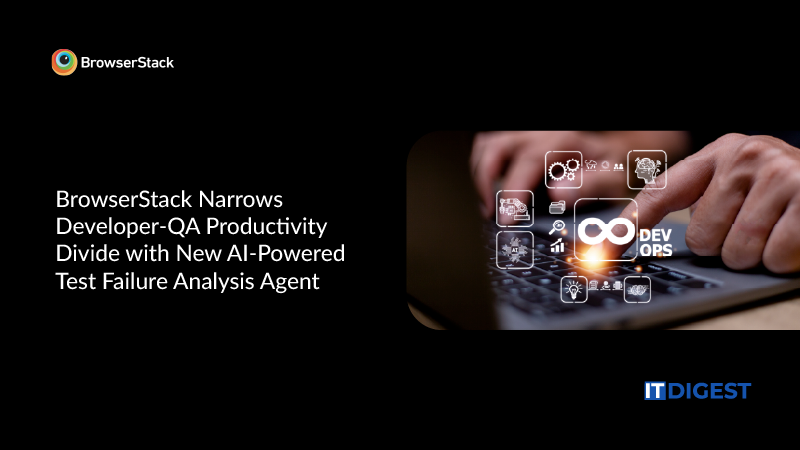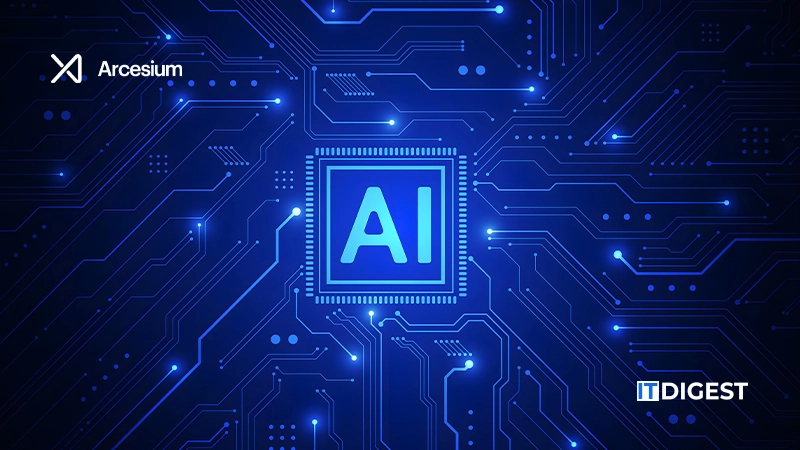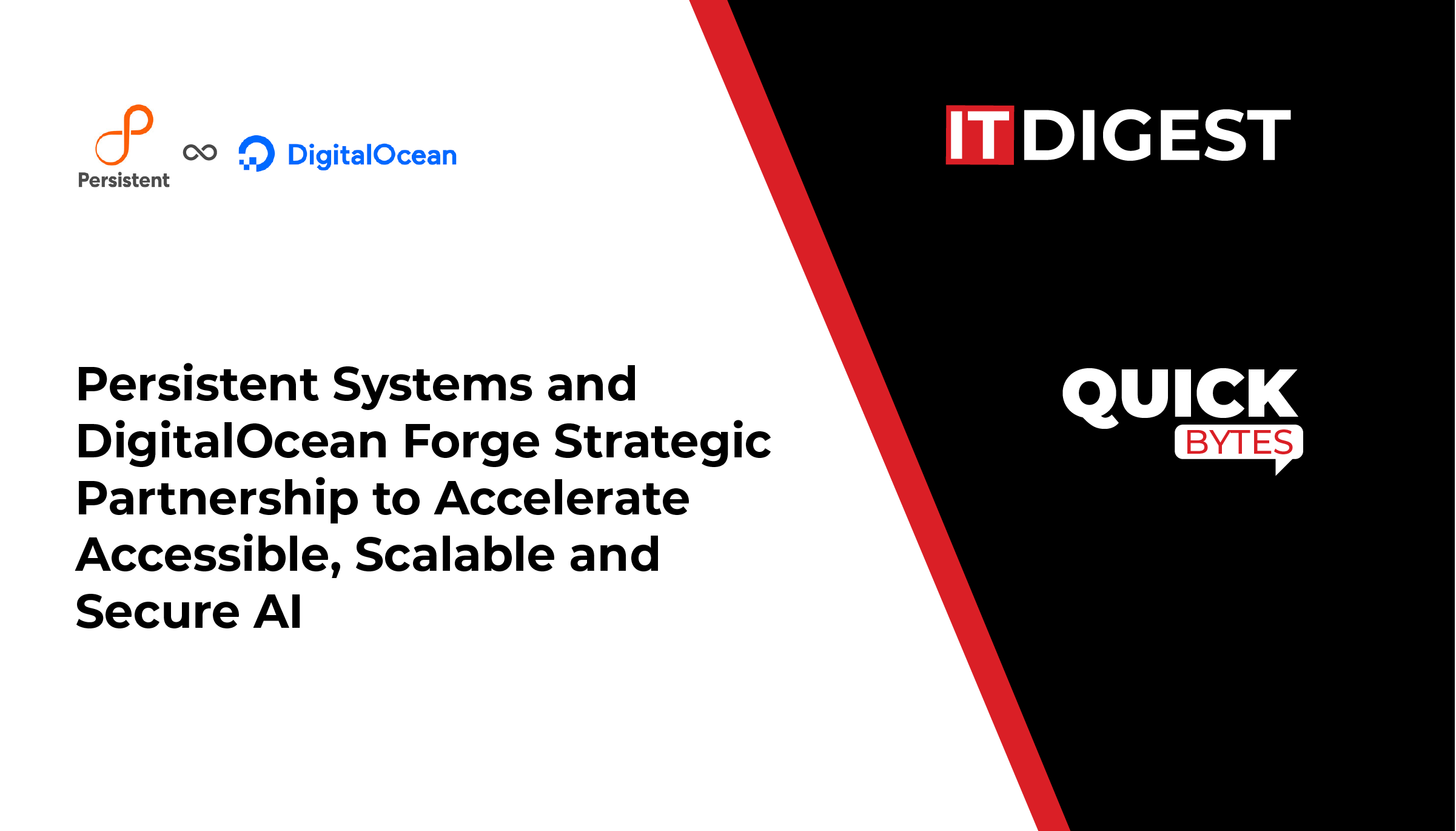It’s no secret that technological advances will continue to improve consumers’ experiences. While CIOs will always be responsible for keeping their organizations safe, secure, and sustained, successful businesses must harness the power of new digital solutions to drive better business decisions, and outcomes and ultimately grow the business.
Depending on who you ask, doing business in a digital world can mean different things. To some, it means adopting consumer-facing digital offerings like e-commerce, mobile apps, and digital marketing; to others, it means digitizing operations and processes internally. To continuously evolve and adapt to forever-changing consumer expectations, CIOs must take an end-to-end approach to digital – focusing on four areas: People, Process, Technology, and Data & Analytics. If you do this, you will realize the value it can add to your organization.
Also Read: Vantagepoint A.I. Achieves Placement on Inc. 5000 List For Third Consecutive Year
1. Focus on your people.
For me, it’s all about people – having the right people delivering through great partnerships with the key stakeholders across the business, understanding their needs, pre-empting, and then responding to them. A recent Gartner poll stated that talent is a top challenge for CIOs in 2022. To attract and retain the right people, we need to satisfy their hunger to experiment, fail fast and learn.
When our Kellogg IT team told us they didn’t see enough growth opportunities, we knew we needed to take a new approach to learning and development. We built our Year of Development Always (YODA) initiative with a vision to cultivate our childhood curiosity and an eagerness to learn. We created several tracks in the program for technical training, career strategies, and shadow programs to help our colleagues learn and explore new facets of the overall IT function. The program has seen great results, team engagement is at an all-time high.
2. Don’t frown on the word process; embrace it.
When we think of ‘process,’ many people immediately imagine a rigid and inflexible approach. I challenge this perspective – we sometimes have to slow down, to speed up. Processes can be flexible while still providing structure for business growth – they’re what drive progress every day!

































